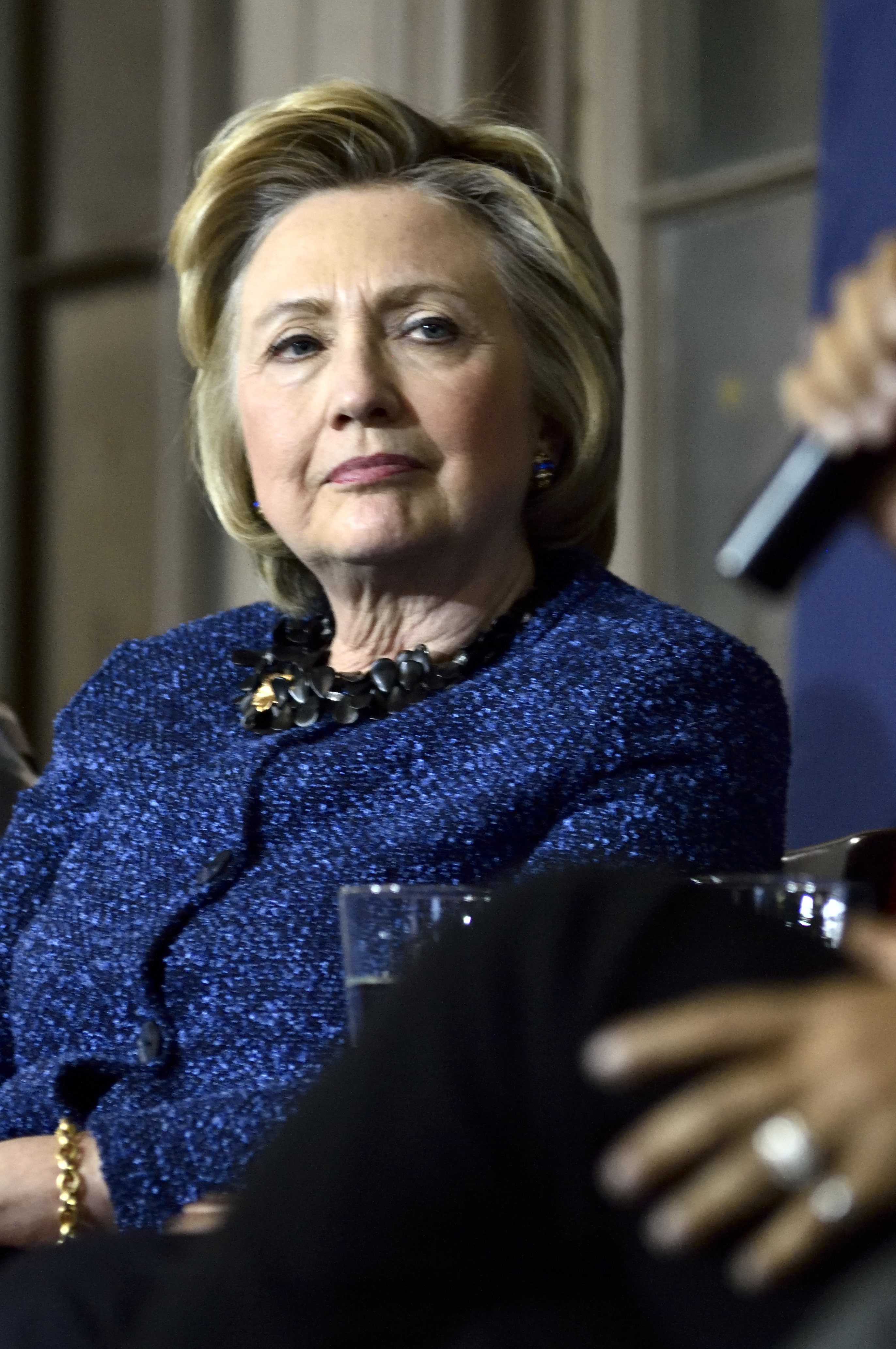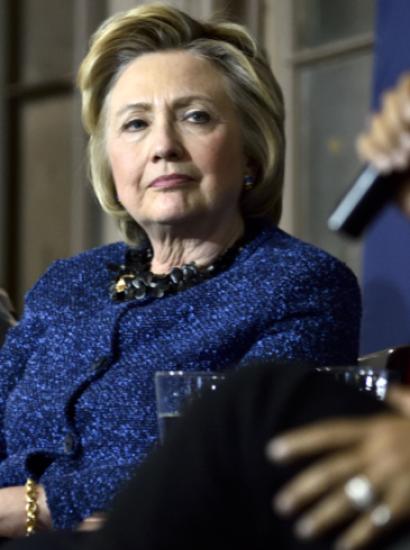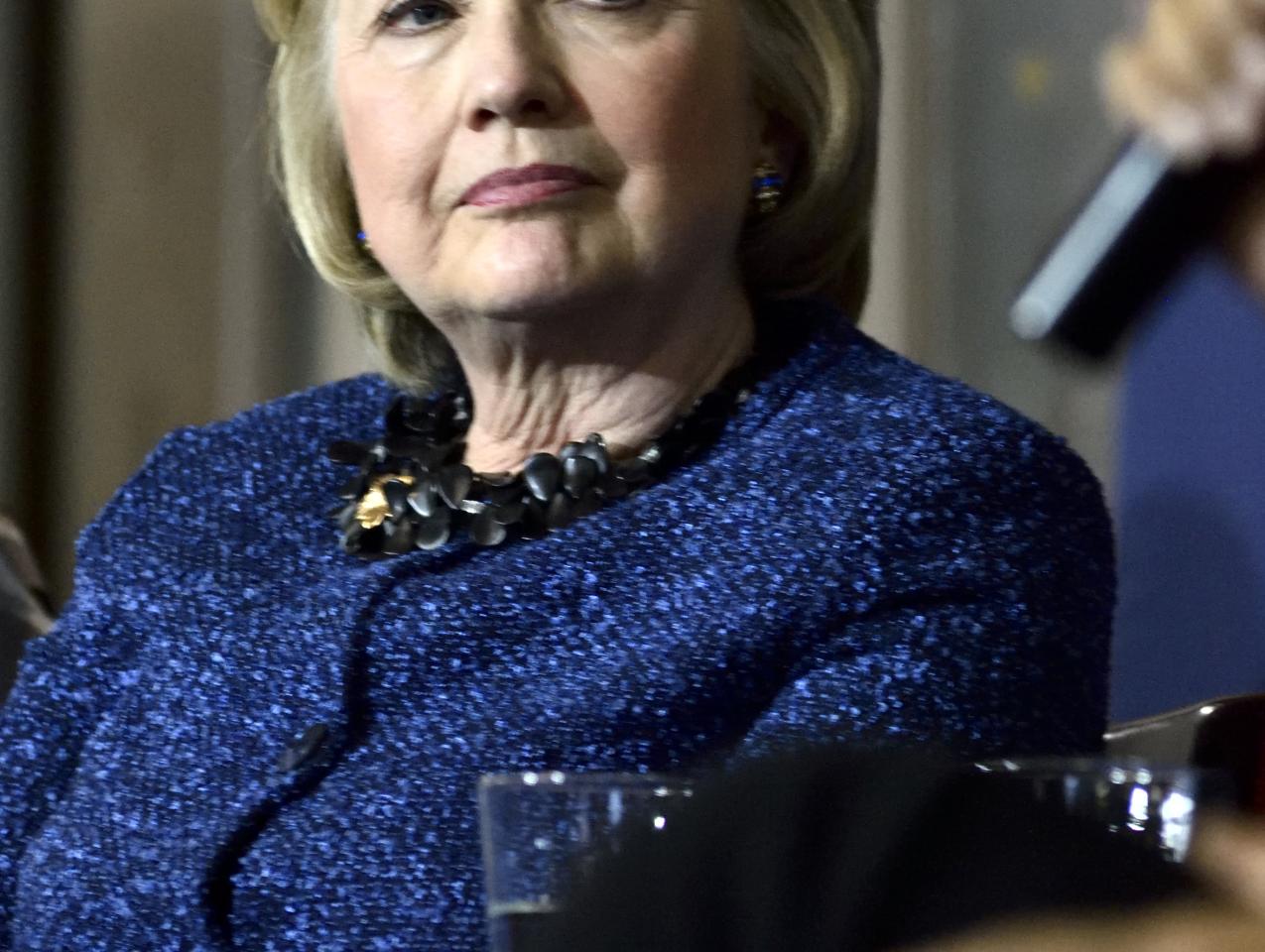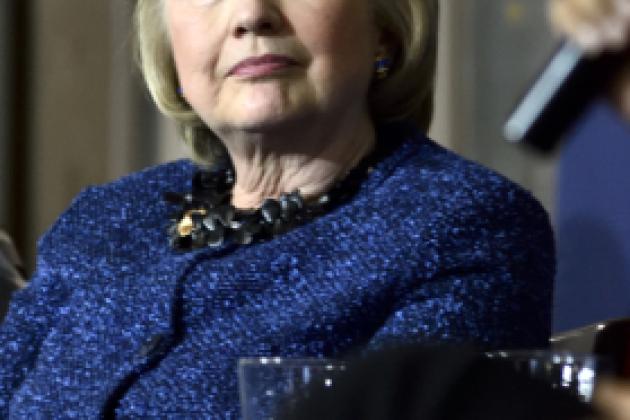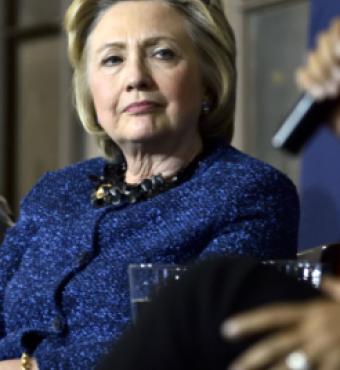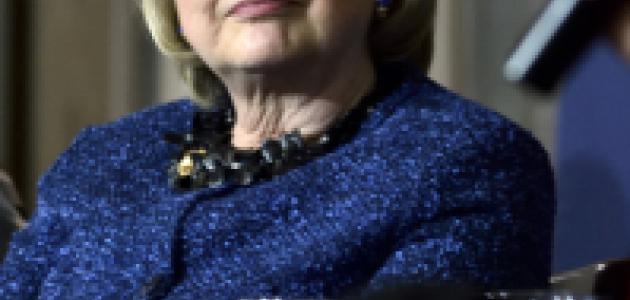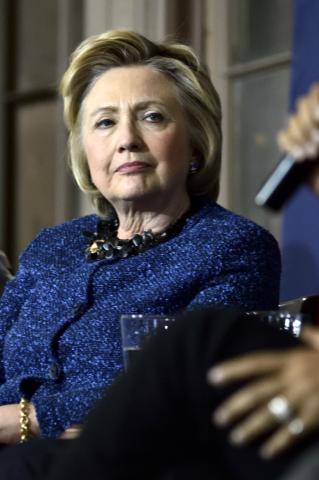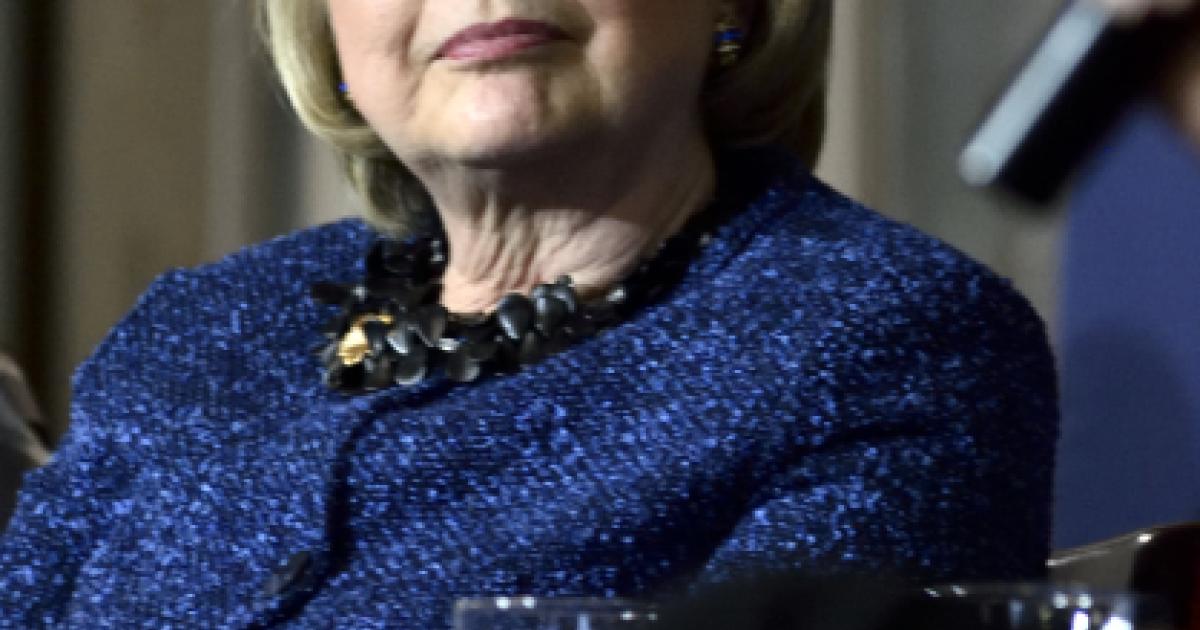In August 2007, it all seemed so easy. Barack Obama announced on the campaign trail that, if elected president, he would banish backroom intrigue with an unprecedented commitment to transparency. By 2016, that promise had been abandoned, as the Obama administration erected barriers to public access to information that surpassed those of previous administrations. That veil of secrecy has been only partially lifted in special counsel Robert Mueller’s investigation into possible Russian involvement in the 2016 election allegedly in collaboration with the Trump campaign.
On this score, I agree with the Hoover Institution’s Paul Gregory, who has extensively studied Russian propaganda tactics, that the Russians knew that they could not influence the outcome of the election with a few well-timed tweets. But they understood that a disinformation campaign could raise the specter of collusion with either party, which would then weaken the presidency no matter which candidate won. So far, this strategy has worked brilliantly. We now know that the Democratic National Committee, through the research firm Fusion GPS, financed the efforts of British spy Christopher Steele to dredge up dirt, contained in his famous dossier, on a supposedly deep Trump-Russia connection in the run-up to the 2016 election. Opposition research is part of the grand American political tradition, and this tidbit from the opening line of Steele’s dossier was an intended bombshell: “Russian regime has been cultivating, supporting and assisting TRUMP for at least 5 years. Aim, endorsed by PUTIN, has been to encourage splits and divisions in western alliance.”
We also now know from the publication of the Republican memo earlier this month, as well as from the subsequent Grassley-Graham letter, that some information that was contained in that explosive dossier made its way into the hands of the FBI—which, according to the Grassley-Graham letter, “relied heavily” upon it in its applications to the Foreign Intelligence Court to continue the surveillance of Carter Page, a low-level Trump campaign volunteer, who had some previous contacts with the Russians. Exactly how the dossier was used in the application—and whether the dossier was quoted—is not clear. The initial FBI investigation to monitor Page went as far back as 2013. The previous applications signed either by James Comey or Deputy Director Andrew McCabe have prompted no criticism. However, to get a fourth FISA warrant, as the FBI did in October 2016 on the heels of the election, the bureau had to show with fresh information that there was probable cause to believe that Page was both acting on behalf of some foreign nation—i.e. Russia—and engaged in some form of criminal activity. The FBI relied on the Steele dossier in an effort to close the gaps in its probable cause case.
But this raises some questions. First, why did the FBI think it was necessary to include any portion of Steele’s opposition research in its affidavit? If the information from the previous investigations sufficed, why include what was clearly a flawed and biased document? If the dossier were essential, then it should have been vetted, especially because the FBI knew that the information from the Steele dossier was obtained from the Democratic National Committee. And yet, it concealed that fact in its FISA application. The FBI, it seems, also knew when it submitted its application to the FISA court that Steele had talked to the media and was a principal source for the well-known story Michael Isikoff published on Yahoo in September 2016—which the FBI deceptively cited in its warrant against Page, even though it knew that none other than Steele himself had supplied the information for that supposedly independent source of corroboration.
The standard Democratic defense of this—that the matter was non-controversial because Page had previously been under surveillance even before the Steele dossier surfaced—will not do. Quite the opposite: FISA warrants are limited to 90-day periods to make sure that the FBI is kept on a short leash. The most obvious explanation for the inclusion of material from the Steele dossier was that the FBI had run dry on its earlier investigations, and now needed to pump new life into its inquiry in order to renew the warrant, for which this memo would be the answer. Even if the FBI had obtained reliable information from Steele, then a public servant, in an earlier probe—of the scandal-ridden world soccer association FIFA—the contents of the Steele dossier were so erratic, disjointed, and undocumented that Paul Gregory pronounced it a “fake” on its face because its content was obviously fabricated.
On this point, it does not matter if, as the Washington Post’s left-leaning columnist Greg Sargent insists, that the FBI had other information that tended to support its application, including material “gathered earlier by the FBI about former Trump adviser George Papadopoulos.” There is no reason to believe that any information collected in that venture was relevant to an inquiry into Carter Page, absent any claim of a connection between the two men. And worse still, the best that the Mueller probe could come up with against Papadopoulos—a fringe figure in the Trump campaign— was a guilty plea on October 5, 2017 for lying to the FBI. But that plea does nothing to establish that any contacts Papadopoulos had with the Russians made their way back into the Trump camp. Nothing less, though, would be required to make a substantive charge against him—let alone charges sufficient to bolster the warrant issued against Page. One of the many things that we definitely do not know is whether the substantive investigations of Papadopoulos and Page are continuing. But the longer these investigations go on in secrecy, the weaker the argument grows that the FBI had sufficient independent information in October 2016 to obtain a warrant against Page from the FISA court.
To be sure, the FISA application that relied on the Steele dossier did say that some political sources were involved in the case, without naming the Clinton campaign. Unfortunately, that partial disclosure only makes matters worse. A half-truth in a setting that requires full disclosure is deliberately deceptive and akin to a complete lie. It is no feather in the cap of the FISA court that it took a passive view of this application, given the elusive reference to its political origins. Its response might have been quite different if the Clinton connection had been made explicit. The Clinton campaign was known to be a strong top-down operation; so the FISA court could have asked the simple question of whether Hillary Clinton or those close to her either knew of or authorized Steele to collect that information. It could also have asked what her role was, as an Obama administration official, in all of the high-level decisions that followed, including its submission to the FBI and its subsequent publication. But we know nothing about how the Clinton campaign and DNC operated during the entire investigation.
In addition, it is also fair to ask how much President Obama or key officials in the White House knew of the decisions that the FBI made with respect to its warrant application. There is now information that FBI lawyer Lisa Page revealed to Peter Strzok, the FBI’s deputy head of counter-intelligence, that President Obama “wanted to know everything we’re doing.” Unfortunately, “everything” is a capacious word that could include activities undertaken to secure a political advantage for Clinton. The story becomes even more troublesome if we consider that Comey likely knew that both Page and Strzok, like Steele, were strong anti-Trump partisans. That raises the question of whether and how Comey or Obama should have double-checked the claims raised by Page and Strzok to see that they did not stray beyond their national security mission.
What happens next? President Trump did not do a public service when he refused to allow the publication of the Democratic response to the earlier Republican memo on the ground that further redaction was needed to prevent the leakage of classified information—which looks like the same lame excuse that the Democrats and the FBI offered against the publication of both the House memo and the Grassley-Graham letter. There is absolutely nothing in the material thus far published that refers to either sources or methods of intelligence that could compromise the operation of the system. It is most unlikely that the Democratic response contains anything highly sensitive, given that the House Committee voted unanimously to release it.
The public needs the information. Right now, we have tolerably good information on the use of the Steele dossier to obtain the October 2016 warrant to continue surveillance of Carter Page. But there is a huge gap concerning who in the Obama administration and Clinton campaign knew what allegations in the Steele dossier were true (or not) at the time they acted. The most likely assumption is that nearly everyone involved in the investigation understood the gaps, inaccuracies, and falsehoods inherent in Steele’s document. The burden thus rests on the DNC, Clinton, Obama, and Comey to establish their ignorance. The trail of information leading back to the Trump White House has grown cold. In contrast, the trail to the entire Democratic establishment looks uncomfortably hot.







